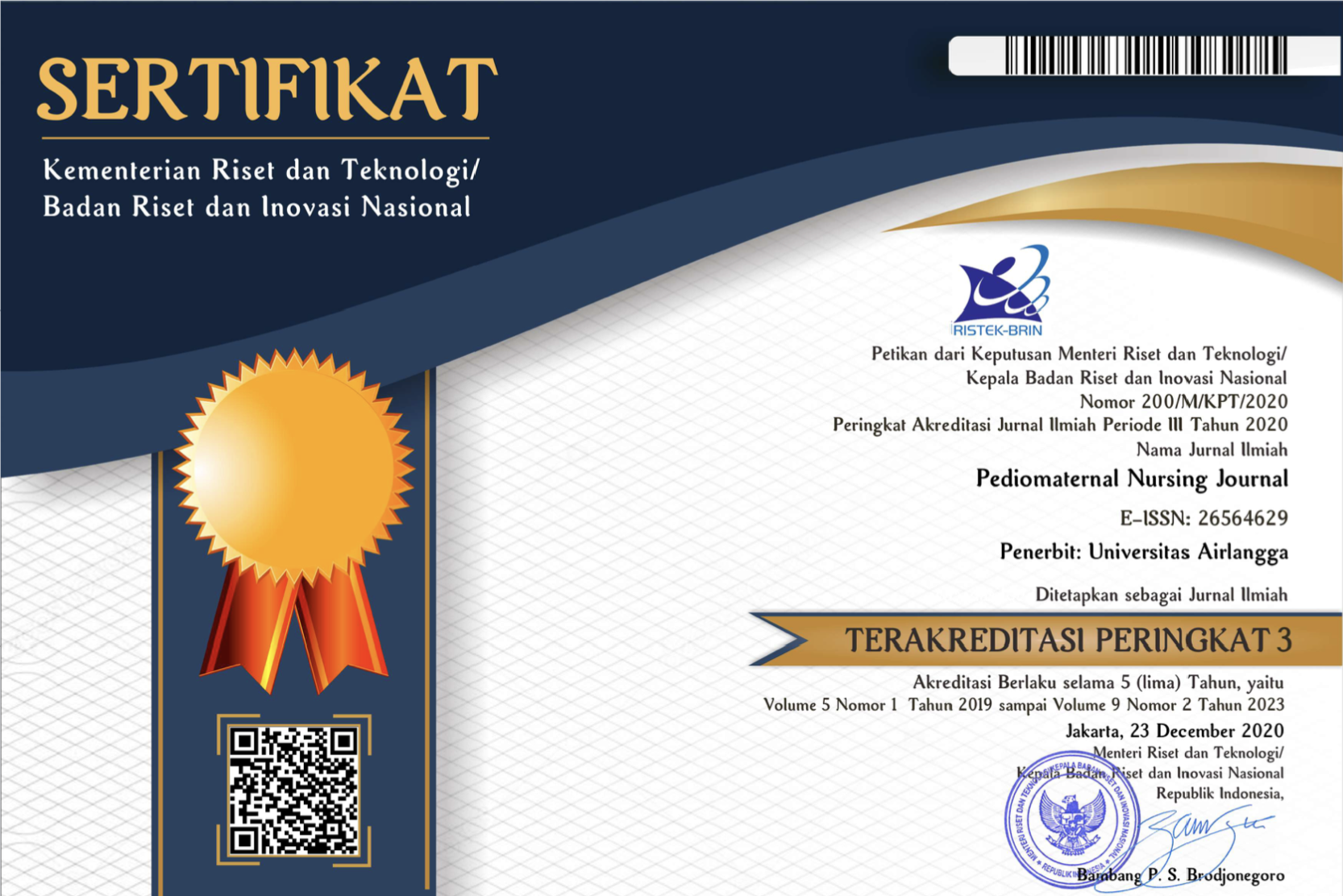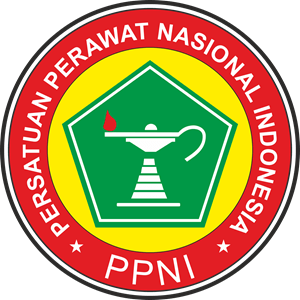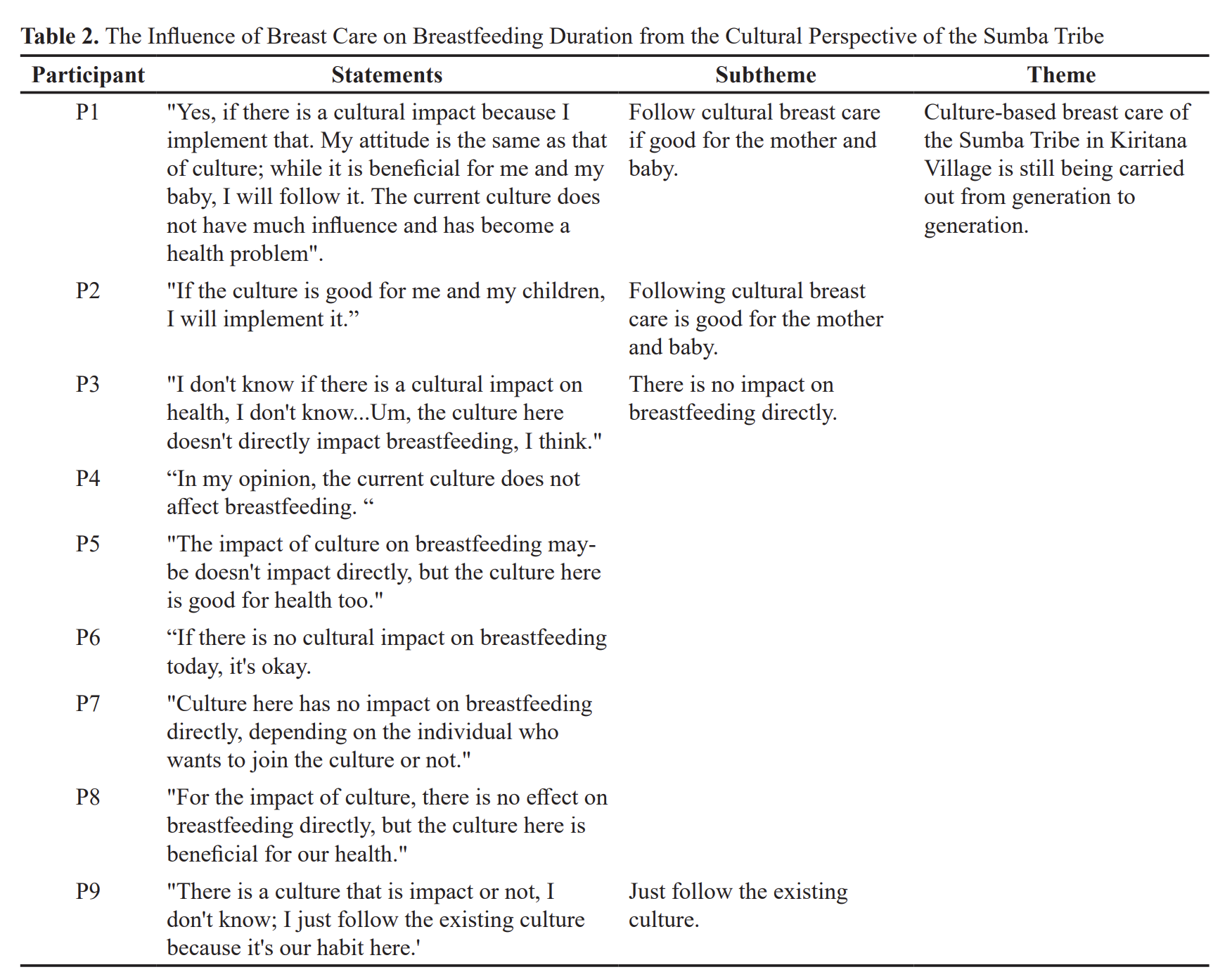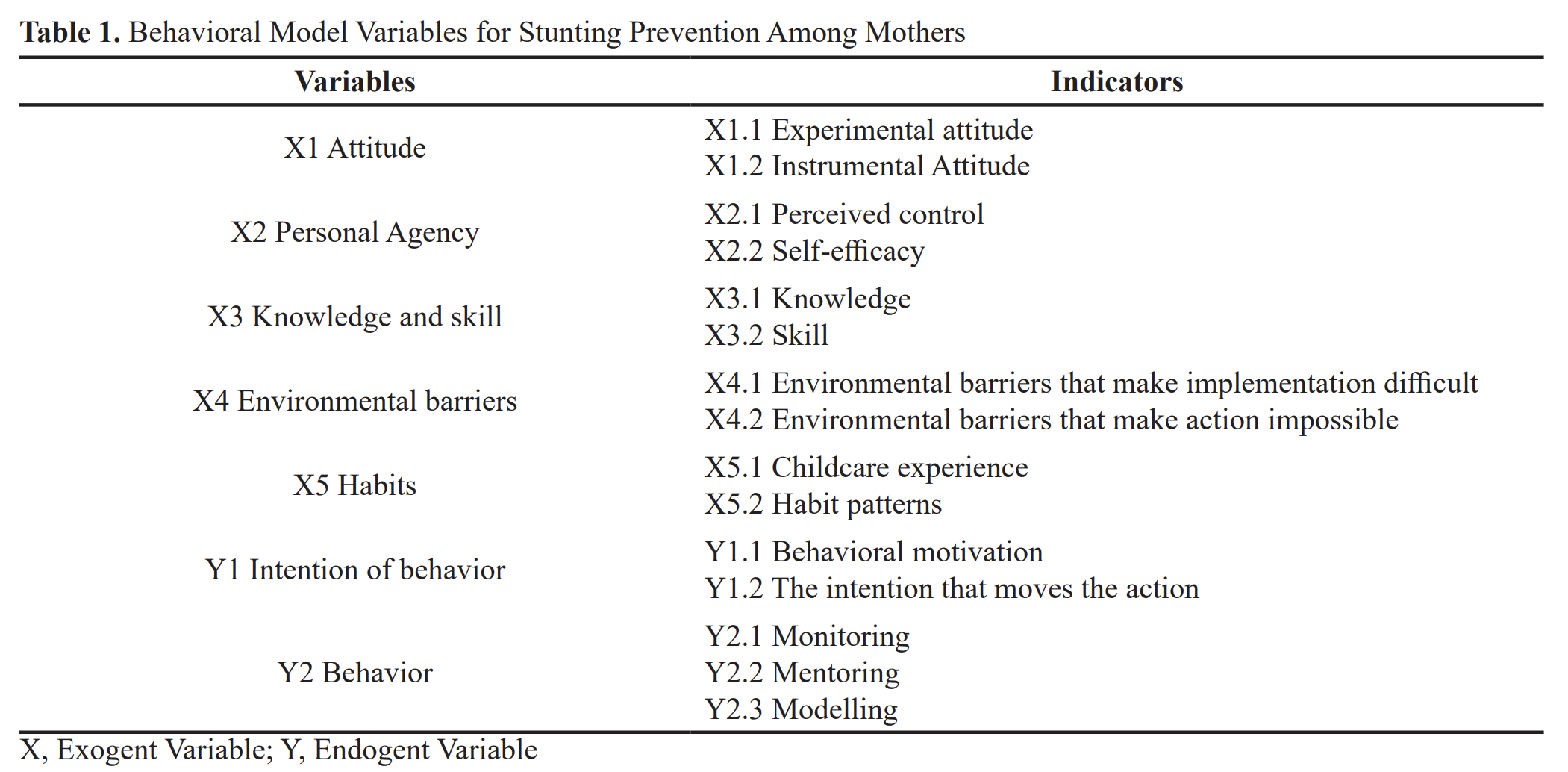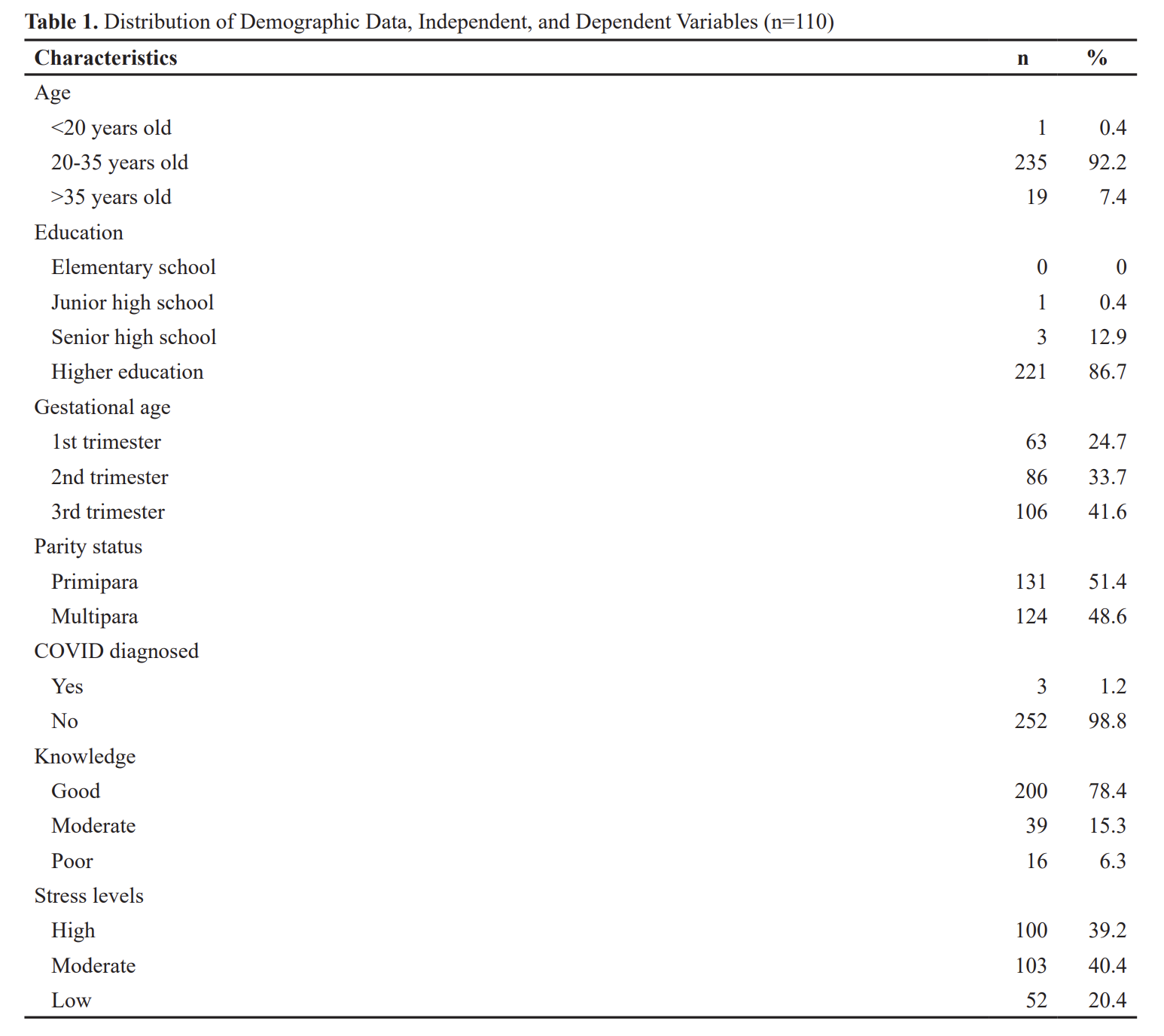Supporting factors and coping mechanisms for quality of life: Housewives and career women's perspective

Downloads
Introduction: The quality of life between housewives and career women facing chronic hepatitis B shows differences in
coping abilities, and is influenced by several causal factors. This study aimed to explore the quality of life of housewives
and career women experiencing chronic hepatitis B.
Methods: This qualitative phenomenological study consisted of 14 women (seven housewives and seven career women)
with chronic hepatitis B. The instruments used to collect information from participants were in-depth interviews about the
supporting factors and coping mechanisms that influenced their quality of life. Participants were recruited using purposive
sampling, and data were analyzed using the Colaizzi technique to describe the theme.
Results: The results showed two major themes from the participants' answers: supporting factors and coping mechanisms.
The sub-themes of partner support, family support, peer group support, and social community support made up the
supporting factors. Meanwhile, coping mechanisms consisted of adaptive coping, improving knowledge, interacting with
other people, problem-solving, and changing lifestyles and controlled routines. On the other hand, maladaptive coping
caused participants to isolate, think negatively, grieve excessively, and show stress or depression symptoms.
Conclusions: Housewives with chronic hepatitis B have a better quality of life than career women because they are more
accepting and have better-coping mechanisms in facing this condition. The research study results can be implicated in
nursing interventions to improve the coping abilities of women with chronic Hepatitis B.
Keywords: chronic hepatitis B; coping mechanism; quality of life; supporting factors; women
Copyright (c) 2023 Diah Priyantini

This work is licensed under a Creative Commons Attribution 4.0 International License.
1. The journal allows the author to hold the copyright of the article without restrictions.
2. The journal allows the author(s) to retain publishing rights without restrictions.
3. The legal formal aspect of journal publication accessibility refers to Creative Commons Attribution (CC BY).

